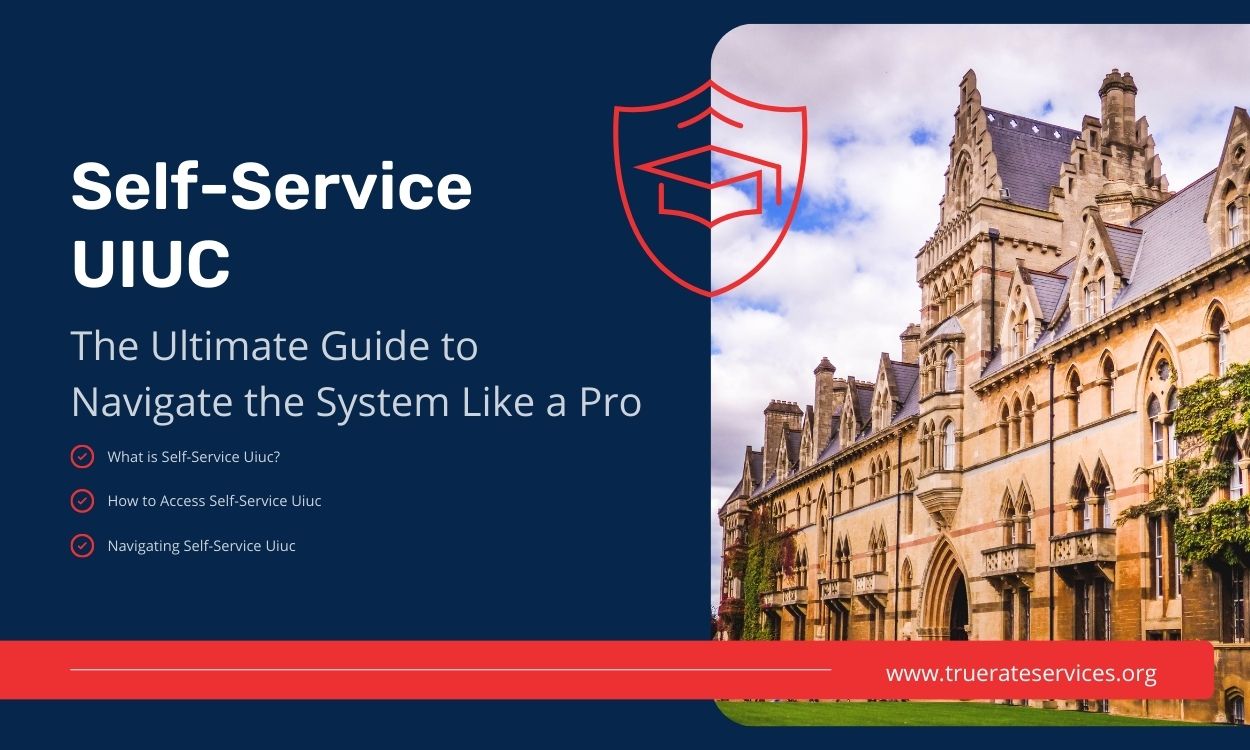A patent is a set of exclusive rights granted by a state to an inventor or his assignee for a fixed period of time in exchange for a disclosure of an invention. Patent uiuc self service procedures are universally governed by the Trade Related Aspects of Intellectual Property Rights (TRIPS) agreement. The Agreement on TRIPS is an international agreement administered by the World Trade Organization (WTO) that sets down minimum standards for many forms of intellectual property (IP) regulation. Although different countries have different internal policies for innovation and Intellectual Property (IP) protection, the common minimum derivatives from the TRIPS agreement need to be adhered to.
According to a first tier of applications, an inventor may file for protection in his own country. This is the simplest of the procedures, wherein the following steps detail the application and grant process, for any of the countries:
1) An inventor, typically with the help of the country’s Registered Patent Agent, drafts a patent application (including the details of the subject matter, in a techno-legal framework) to define the ‘novelty’, the ‘non-obviousness’, ‘inventive step’ and the ‘industrial use’ (which are the cornerstones of determining an invention) of the invention.
2) The patent application is submitted to the country’s patent office. The date of submission of the patent application is the ‘priority date’ which is the timestamp for protection of the patent, from that point onwards.
3) The patent application is published in a national patent journal, periodically published by the respective country’s patent office. This is done for brief description of the subject matter of the application. At this point, any ‘person interested’ upon payment of a fee, may obtain a copy of the patent, for reading and/or opposition purposes.
4) The patent office then begins it review procedure, and issues what is called a ‘First Examination Report’, wherein, it cites closely relevant documents to the patent application, and asks the inventor to differentiate the patent application from these ‘citations’ on the basis of ‘novelty’, ‘obviousness’, and ‘inventive step’. Also, further incongruities may be pointed out and suggested remedial actions.
According to a second tier of applications, an inventor may want to file an application in one or many foreign countries too. For this:
1) The patent application is drafted. And a PCT application is filed along with a national application. A PCT application stands for an application in confirmation with the Patent Cooperation Treaty (PCT), of which 142 countries are currently signatory.
2) The PCT application is a 2-step procedure, wherein, the first step of application provides a blanket cover and a chance of entry into the 142 member countries. Further, it provides a 30 / 31 month time-period for deciding upon which of the 142 countries to enter for protection (patent).
3) The second stage is to individually follow up with applications in each country, with the help of each country’s registered patent agents, adhering to translation norms in respect of the identified countries and the like filing requirements.
For a US company to apply for patent protection in China, South Korea, or India, the PCT application is a good practice. Also, an alternative way is in accordance with the Paris Convention, any inventor need not invoke the provisions of the PCT application, and directly apply for application in the foreign state. The PCT application is good in cases wherein, the number of countries is huge, or when the inventor wants to avail of the 30 / 31 month time period.
